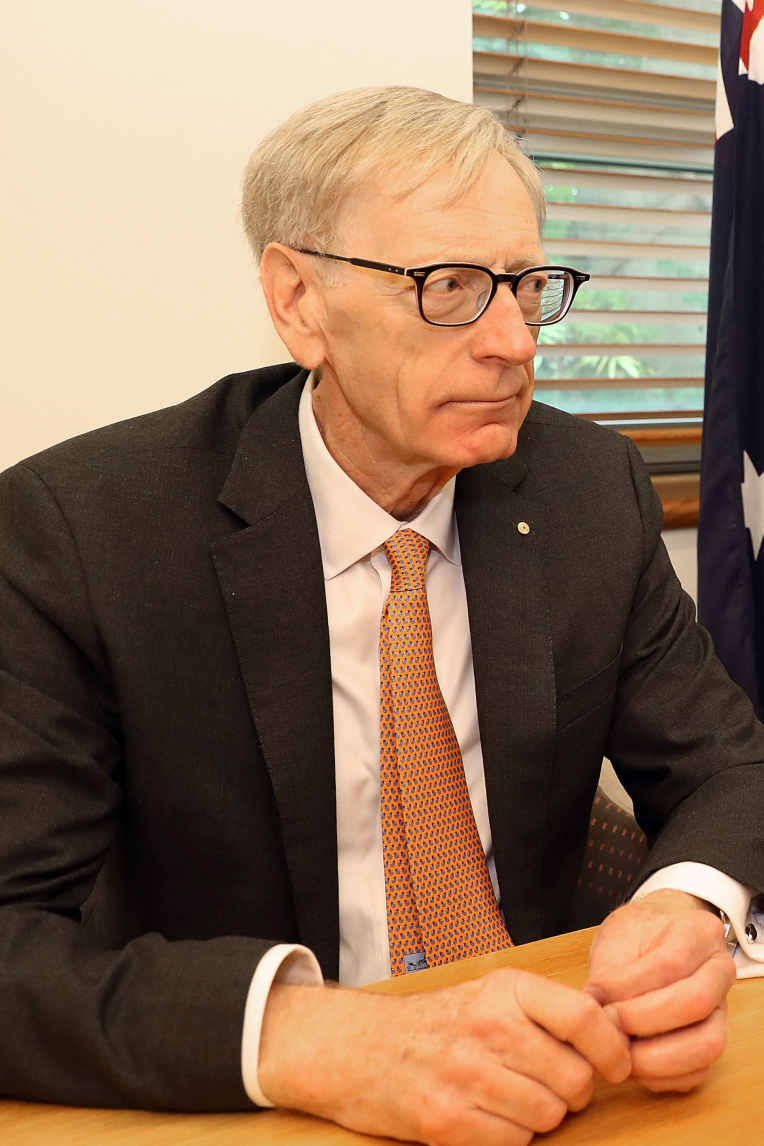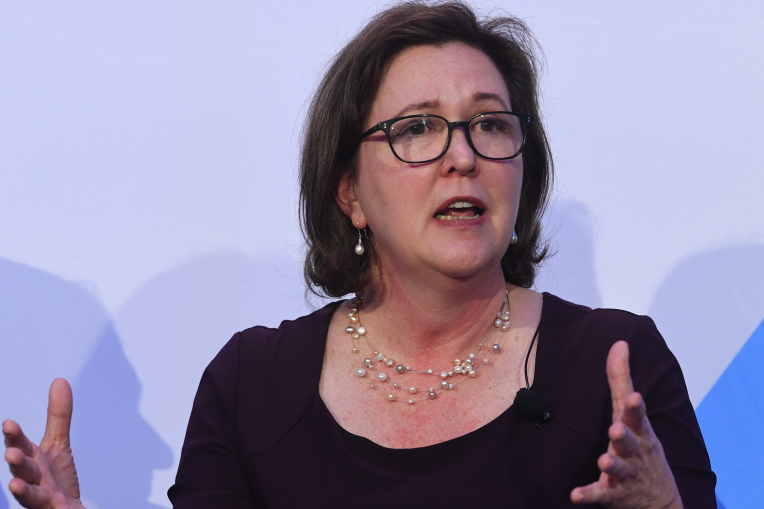How mortgage broking was saved from near death
by James FrostOne year after the Hayne commission delivered a set of recommendations that would have annihilated mortgage brokers, the good times are rolling again.
Loan Market’s Bernard Desmond says he expects to do twice as much business this financial year as last year and is on track to write more than $100 million worth of loans.
The Tesla-driving mortgage broker – who came to Australia seven years ago from India via Dubai – says the last 12 months have been a rollercoaster, but today things are better than ever.
“Australia is the land of opportunity – work hard and you get rewarded. I am living my best life Down Under,” he says.

Data to September 2019 shows that brokers are responsible for originating 55 per cent of every mortgage written, down from 59 per cent the previous quarter.
Brokers say their services are more in demand than ever as borrowers are forced to jump through the hoops by banks having a firm eye on responsible lending obligations.
Facing death
It’s hard to believe but one year ago the industry was facing extinction when Commissioner Kenneth Hayne recommended that the government abolish trailing commissions for brokers and said banks should stop paying for their services.

Hayne wanted to clarify who the brokers or "intermediaries" worked for and remove a conflict of interest that could sway brokers to recommend mortgages issued by whichever bank paid the most at the time.
The federal government recognised that the move to a user-pays model would be tricky.
It would damage or destroy thousands of small businesses and entrench the position of the big four banks at the expense of competitive forces.
As the Hayne report was released at a lock-up in Canberra, the government briefed the media on its own response. It would back away from the user-pays model but it committed to abolishing trails from July 2020.
Those outside the lock-up, however, had no way of knowing.
The government had pledged to implement all the recommendations sight unseen. Any of the 15,000 mortgage brokers across Australia who were reading the recommendations without this additional context were apoplectic.
But even with this concession from the government, they were still staring down the barrel because the Labor opposition was a hot favourite to win the next election and it was sticking to its promise to implement all 76 recommendations.

Mortgage Choice CEO Susan Mitchell was in Sydney when the report landed. She says anticipation was high and the industry was shocked by the severity of the recommendations.
“I was gobsmacked, quite frankly, I couldn’t believe the suggestions that were so extreme,” Mitchell says. “It was incredibly frightening, it was much worse than we could have imagined.”
When the sharemarket opened on February 5 last year, the stock price of Mortgage Choice fell 25 per cent in a session, taking the full-year fall to 64 per cent.
To say brokers were facing an uncertain future was an understatement. The industry was on death row.
Reflecting on the period, Loan Market’s Desmond says it was a difficult time for all. He says many brokers became fixated on the latest rumour or conspiracy theory but he got through it by staying positive.
“I could have locked myself into a room and gone on a different trip,” Desmond says.
Instead, he focused on keeping fit and healthy, surrounded himself with positive people and meditated.
“All I could do was stay in the right frame of mind, stick to the basics and deliver for my customers.”

The way Mortgage and Finance Association of Australia (MFAA) CEO Mike Felton tells it, the industry wasn’t saved by one man, a crack team of lobbyists or a secret working group, but years of careful planning.
“Those years of work meant we were not caught flat-footed,” Felton says.
The MFAA had an inkling of what was coming. Reading the tea leaves from the interim report and the final round of CEO hearings, it was braced for a bad outcome and had prepared accordingly.
Despite that, the recommendations still felt over the top.
“It was all about brokers and nothing about lenders, it simply didn’t add up,” Felton says.
The recommendations were a big free-kick to the big banks with large networks, he says.
“Abolishing the trail would simply have handed wealth from brokers to lenders without addressing the conflicts."
Advertising campaign
In the days after the report, he would pull the trigger on a national advertising campaign prepared in advance.
Grassroots lobbying of local members was intensified. The MFAA pitched its case to backbenchers, ministers, the Opposition and the Treasurer.
Regional banks – faced with losing their shopfront – also put their case to the Treasurer.
In the same way that the industry wasn’t saved by a single person or a group, there wasn’t a single moment that saved the industry but three distinct events.
The first was the opposition's decision to back away from the user-pays model before the month was out.
The second was the government’s decision to perform an about-face on trailing commissions about six weeks after the report was made public.
The third was the surprise May election result, which returned the Coalition to power.
Felton says the period of purgatory was very difficult for brokers and describes himself as being “hugely relieved” when it concluded, saying the right decision was made for consumers and his members.
Mitchell echoes the sentiment, saying she believes the industry is on the correct path to professionalism.
“What we are doing now is much more rational,” she says.
Not everyone is happy with the change, however. Consumer Action Law Centre CEO Gerard Brody describes the inaction on mortgage broking as a lost opportunity.
“It was disappointing to see the government backflip on mortgage broking reform. A key theme of Hayne’s was to abolish conflicted remuneration and to see them renege on that so quickly really concerned us,” Brody says.
Meanwhile, Desmond has put the entire near-death experience in the rear-view mirror.
“Everybody goes through hard times. I came here with nothing seven years ago,” he says.
“It’s been a good ride. A lot of hard work but a lot of fun.”